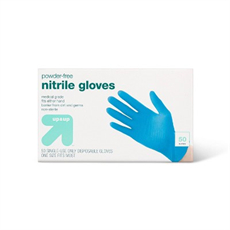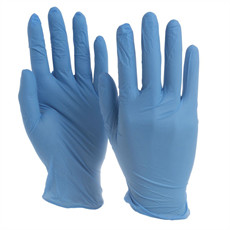Surgical gowns are an essential component of personal protective equipment (PPE) worn by healthcare professionals during surgical procedures. One of their primary functions is to provide a barrier against bloodborne pathogens, as well as other potentially infectious materials (OPIM). Here are some key ways in which surgical gowns act as a barrier:
- Material Selection: Surgical gowns are typically made from non-permeable or low-permeable materials such as polypropylene, polyethylene, or polyester. These materials are designed to resist the penetration of liquids, including blood and other bodily fluids, which may carry bloodborne pathogens.
- Coverage: Surgical gowns are designed to cover the front and arms of the healthcare professional fully. This coverage helps to minimize the risk of exposure to blood or other infectious materials during surgery.
- Closures: Surgical gowns often have secure closures, such as ties or snaps, to ensure they stay in place and maintain their barrier function throughout the procedure.
- Impermeable Seams: The seams of surgical gowns are sealed or designed to prevent fluid penetration. This helps ensure that there are no weak points where bloodborne pathogens could enter.
- Sterility: Surgical gowns are typically sterilized before use to ensure that they are free from microorganisms, further reducing the risk of infection transmission.
- Regulations and Standards: Various regulatory agencies, such as the Food and Drug Administration (FDA) in the United States, have established standards and requirements for surgical gowns to ensure their effectiveness as a barrier against bloodborne pathogens and other contaminants.
It’s important to note that while surgical gowns provide a significant level of protection, they are just one part of a comprehensive set of PPE used in healthcare settings. Healthcare professionals also use gloves, masks, eye protection, and other equipment to minimize the risk of exposure to bloodborne pathogens and prevent the spread of infectious diseases. Additionally, proper donning and doffing procedures, as well as hand hygiene, are crucial in maintaining a safe healthcare environment.























